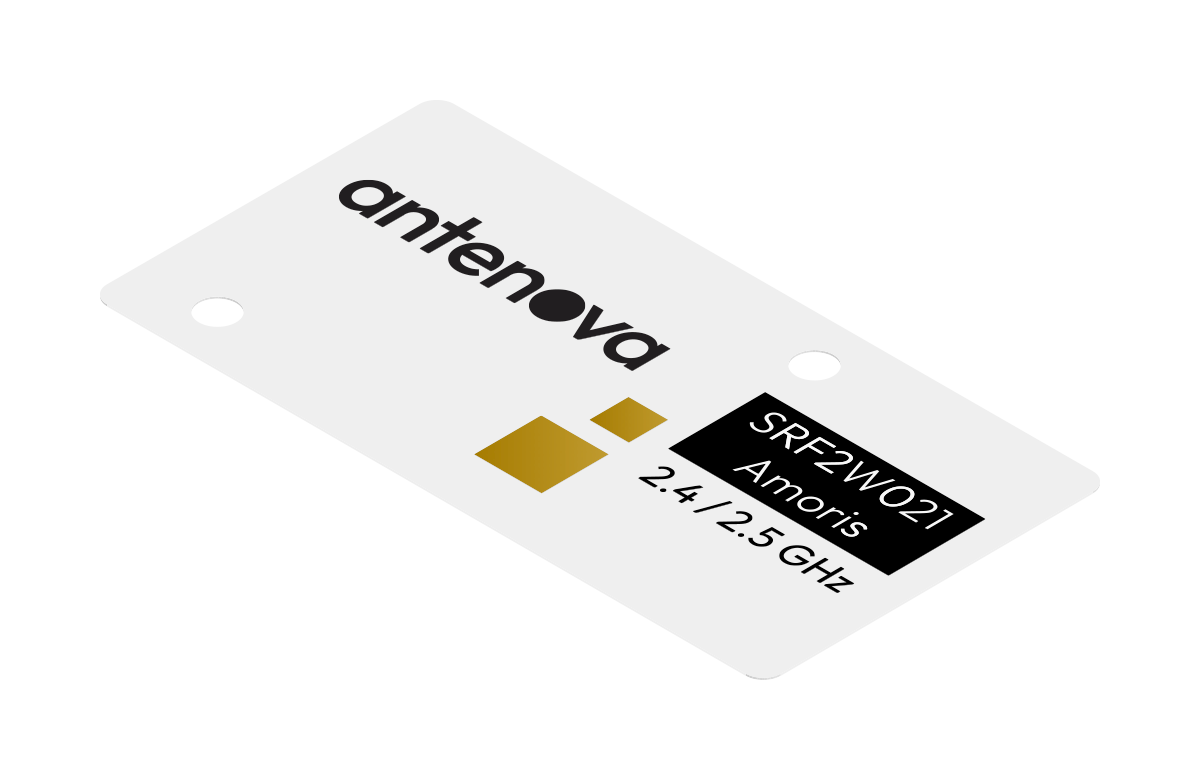Antennas for classic Bluetooth and Bluetooth low energy

Bluetooth and Bluetooth low energy
When it comes to short range wireless devices, Bluetooth is a wireless technology that has boomed in recent years. 9 out of 10 speakers include Bluetooth technology, and it is predicted that 2 out of 3 cars will use Bluetooth technology by 2024. Its ability to stream high throughput data without a detriment to power efficiency has made it highly accessible to designers. That said, there are key integration factors that need to be considered to realise the full potential of Bluetooth’s capabilities.
What are the types of Bluetooth technology?
Bluetooth (classic)
Bluetooth is a wireless communication for data transfer via creating local area networks over short distances between two devices. It specialises in high bandwidth applications without affecting power consumption. Because of this, it operates within the 2.4GHz frequency band, striking a balance between short range and high data throughput. Since its introduction, it has become one of the most used wireless technologies for IoT applications due to its properties of low power consumption, multiple-device connection, and low interference for short range connections.
Bluetooth low-energy (BLE)
Bluetooth Low Energy (BLE) offers improved efficiency features instead of a focus on throughput, providing better integration for small battery capacity devices. BLE specialises in data transfer with better power consumption and device efficiency, whereas standard/classic Bluetooth is focused on throughput demanding applications such as audio. Its most recent specification, Bluetooth 5.3, introduced further efficiency features such as periodic advertising and channel classification enhancements. The trade off, however, is that BLE cannot be used for devices that require the higher throughput and bandwidth of classic Bluetooth.
What are the desired features of Bluetooth antennas?

Power efficiency
A defining feature of Bluetooth that has made it so widespread across devices is its power efficiency. It enables the use of wireless high-bandwidth streaming that would otherwise have a significant impact on device battery life with other wireless technologies. As such, high efficiency Bluetooth antennas are required to provide sufficient connectivity and longevity for different applications.
What are the types of Bluetooth antennas?
SMD
Surface mounted antennas (SMD) are a form of embedded antenna that is mounted directly onto the host PCB alongside other components. SMD chip antennas are simple to integrate with low part cost and compact size, as well as being suitable for high-volume manufacturing using pick-and-place machinery. For Bluetooth devices, these enable simple integration and manufacturing for compact devices.




